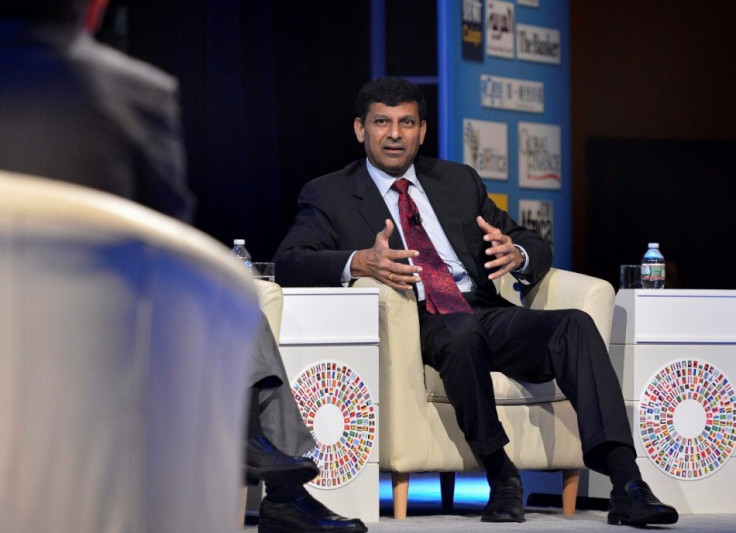Monsoons will keep the Indian Economy Afloat

Good monsoon rainfall and the revival of billions of dollars worth of delayed projects are expected to boost India's economic growth, which hit a decade low of 5% in the 2013 fiscal year following several years of policy inaction.
The Indian government has given the go-ahead to about half of the country's stalled projects worth about $115bn (£72bn, €85bn), the head of the country's central bank said on 15 October.
That, and abundant monsoon rains were bound to boost sentiment and growth in Asia's third largest economy, said Reserve Bank of India (RBI) governor Raghuram Rajan.
"The effects of that clearance will show up toward the end of the year. So growth will start picking up because these large projects will start coming back onstream," Rajan told an academic audience at Harvard Business School (HBS), in the US, reported Reuters.
"The second piece of good news is the monsoon has been very good ... with a bountiful harvest, and with the associated activities like animal husbandry, poultry, also picking up, you can see a lot more value in the rural areas, which will help sentiment and growth," he added.
The annual monsoon accounts for 70% of India's rainfall and irrigates more than half its farmland.
Rajan said market players tend to jump the gun and blame structural dysfunction for India's economic troubles, instead of that the country's woes were compounded by three main factors -- the surge in gold demand, the unwinding of stimulus following the global financial crisis and by policy reviews that had stalled projects.
"There's a lot that is going on to fix these medium-term problems," he said.
"If you are an outsider looking at India, learn to filter out both the irrational exuberance and the excessive pessimism. We're subject to both. You will become a manic depressive if you follow our moods."
Rajan also told the HBS audience that using interest rates to deal with inflation was even more difficult in India than what it is in the US.
"In the U.S. you know there is a large interest rate-sensitive sector that is going to be affected when you raise interest rates ... But what if you have a large part of the country that is not connected directly to the financial system?" he said, referring to India's vast rural population.
The RBI is expected to review its monetary policy on 29 October, when it could raise interest rates to tackle rising inflation.
Wholesale price inflation rose for the third consecutive month in August, to 6.1%, from 5.8% in July. Analysts estimated an inflation rate of 5.7% on average.
"The growth outlook remains depressed, and inflation prints may moderate in coming months, as food inflation could come off, reflecting favourable weather conditions in the current year. As the central bank seems keen to send a stern inflation-fighting message, we acknowledge the risk of one more repo rate hike in Q4 13; however, our base case expectation is still for a flat repo rate (at 7.50%) trajectory during the remaining months of FY 13-14," Barclays Capital said in a note to clients.
India's Fundamentals Are Strong
Rajan said on 10 October that the Indian economy's fundamentals were strong enough to mitigate any short-term financing risks and that the country is not facing any internal and external financial problems.
Rajan said that India can pay back all its short-term debt immediately with its external debt amounting to 22% of total output and foreign exchange reserves 15% of output.
"There is no way we are close to being a country in financial or economic crisis," Rajan said at CNN's Debate on the Global Economy, on the sidelines of the International Monetary Fund's meeting in Washington.
© Copyright IBTimes 2025. All rights reserved.






















